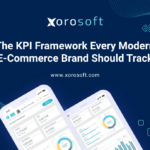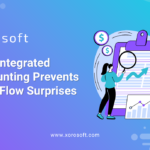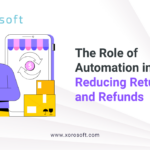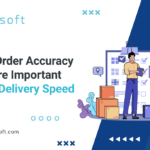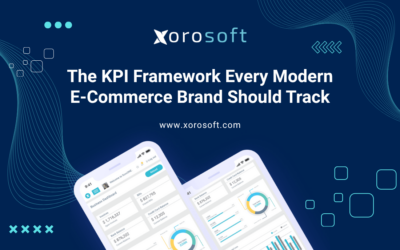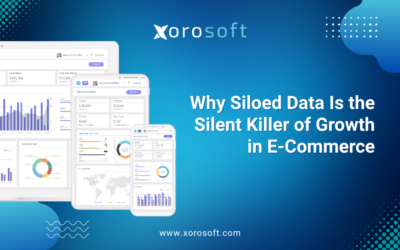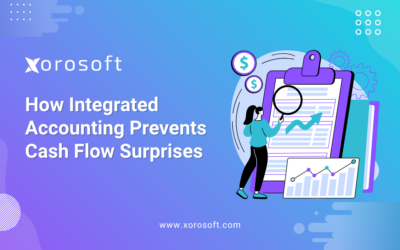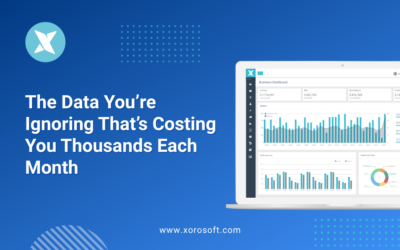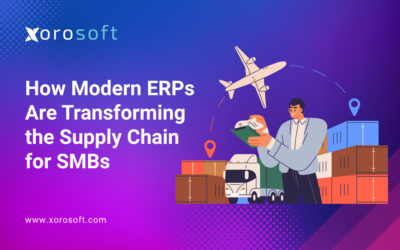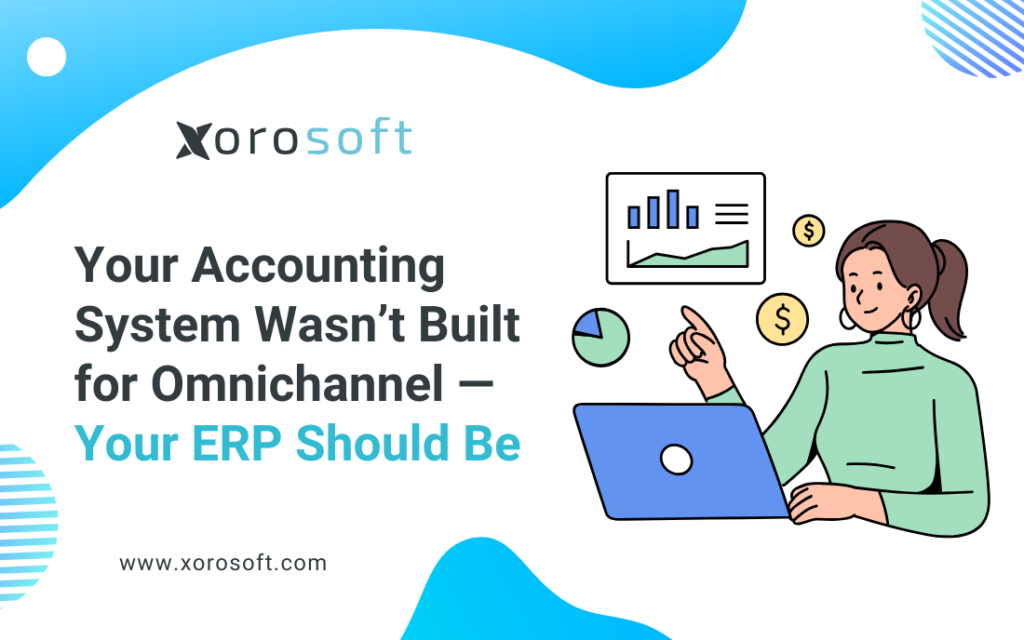
When Growth Turns Into Operational Stress
At first, adding new sales channels feels like winning. More orders flow in, customers discover you on new platforms, and revenue spikes. But without ERP for omnichannel accounting, that growth quickly turns into stress.
Your accountant spends nights reconciling Shopify and Amazon numbers. The warehouse team scrambles to fulfill oversold orders. Customers call, frustrated that delivery updates don’t match reality. And every time you expand channels, the cracks in your systems widen.
This happens because accounting software was never meant to run omnichannel operations. QuickBooks, spreadsheets, or small-business tools can track money. Yet they cannot orchestrate inventory, fulfillment, and warehouse activity across multiple channels.
The result? Chaos spreads through every department. And the more you grow, the harder it becomes to hide.
Why Accounting Systems Struggle in Omnichannel Environments
On paper, tools like QuickBooks make sense. They were designed to track invoices, reconcile payments, and monitor financial health. However, the moment you ask them to double as an operations hub, problems appear.
For example, inventory tracking is delayed. Shopify says you have ten units in stock, while Amazon oversells the same item. By the time the accounting software updates, you’re already apologizing to customers.
In addition, workflows live in silos. Shipping apps handle labels. Spreadsheets store purchase orders. Warehouse trackers record bins. None of them sync in real time. As a result, your team spends hours reconciling data that should have matched automatically.
Reporting adds another layer of pain. Instead of real-time insight, finance teams wait days for reports to load. That delay means missed opportunities, such as rerouting stock to prevent a stockout.
And when growth accelerates, scalability collapses. Adding a new location or wholesale distributor turns a “simple” setup into a web of disconnected systems.
The emotional toll is equally damaging. Finance teams act like human middleware. Ops managers lose confidence in numbers. Customers start questioning reliability. Growth turns from exciting to exhausting.
The Real Reason Operations Break Down
The issue isn’t QuickBooks alone. The real cause is the reliance on separate, disconnected apps.
Each tool excels at one narrow task. The WMS tracks bins. The shipping app prints labels. Accounting tracks invoices. But none of them share a live, unified language.
Consequently, gaps open across the business:
-
Inventory looks available online, even when the last unit already shipped.
-
Warehouses ship late because purchase orders remain stuck in email threads.
-
Finance closes the books two weeks behind schedule because half the data lives in spreadsheets.
These errors don’t happen randomly. They are the predictable outcome of trying to stitch systems together without a central source of truth.
Why ERP Becomes the Backbone of Omnichannel Growth
If you want to thrive in omnichannel, you need more than accounting software and disconnected apps. You need a platform that unifies everything from inventory to accounting.
This is where ERP changes the game. With ERP, silos disappear. Instead of multiple apps, you gain one unified system. Inventory, procurement, fulfillment, accounting, and reporting all operate in the same platform.
Because everything updates in real time, blind spots vanish. That’s the power of using ERP for omnichannel accounting, where finance and operations finally run on the same truth.
As a result, businesses shift from reactive to proactive. Instead of chasing problems, they prevent them. Instead of losing trust in numbers, teams share a single, reliable view.
For omnichannel brands, this transformation feels like relief. Operations stop acting as the bottleneck. Growth becomes exciting again, because leaders can expand channels and markets with confidence.
What Makes Xorosoft Different in the ERP Landscape
Not all ERP systems are equal. Legacy tools take months to implement and often bolt on WMS modules as afterthoughts. Xorosoft, by contrast, was designed cloud-native from the start to deliver speed, visibility, and automation.
Here’s how it stands apart:
-
Cloud-native build: Deploy quickly, access anywhere, and eliminate on-premises headaches.
-
WMS included by design: Picking, packing, and shipping integrate directly with ERP—not as an expensive add-on.
-
Seamless integrations: Shopify, Amazon, EDI, 3PLs, and more connect natively, so data moves fluidly across channels.
-
Automation everywhere: From reorders to invoices, POs to accounting entries, manual work disappears.
-
Scalability built in: Multi-currency, multi-location, and multi-channel support means your ERP grows alongside your business.
Recognition backs it up. Xorosoft is ranked #1 in Ease of Use on G2 (see the ranking here) and is live on the Shopify App Store as a fully integrated ERP solution.
It isn’t just another system. It’s the platform designed to make omnichannel accounting and operations sustainable.
How Modern ERP Unlocks Stress-Free Scaling
Omnichannel isn’t slowing down. Customers expect to shop wherever they want, receive accurate updates, and enjoy reliable delivery. If your back end can’t keep up, your brand reputation suffers.
Accounting systems alone will never meet these demands. Only ERP for omnichannel accounting provides one platform, one source of truth, and automation that enables sustainable growth.
That’s the difference Xorosoft delivers. Your finance, warehouse, procurement, and sales teams operate from the same data. And leadership finally gets the confidence to scale without fear of breaking operations.
👉 Ready to see how Xorosoft transforms omnichannel? Book your demo today.
